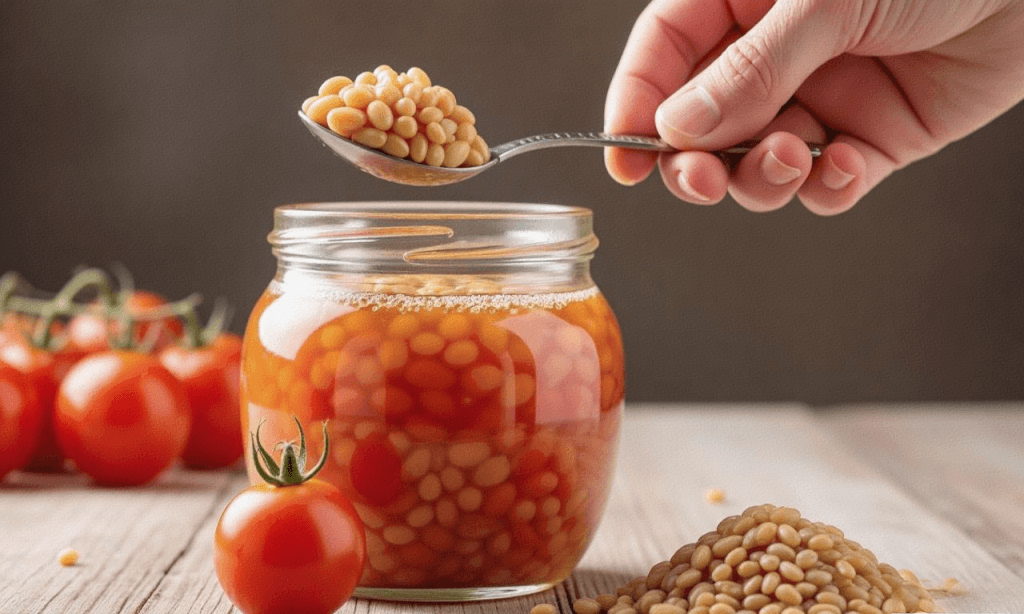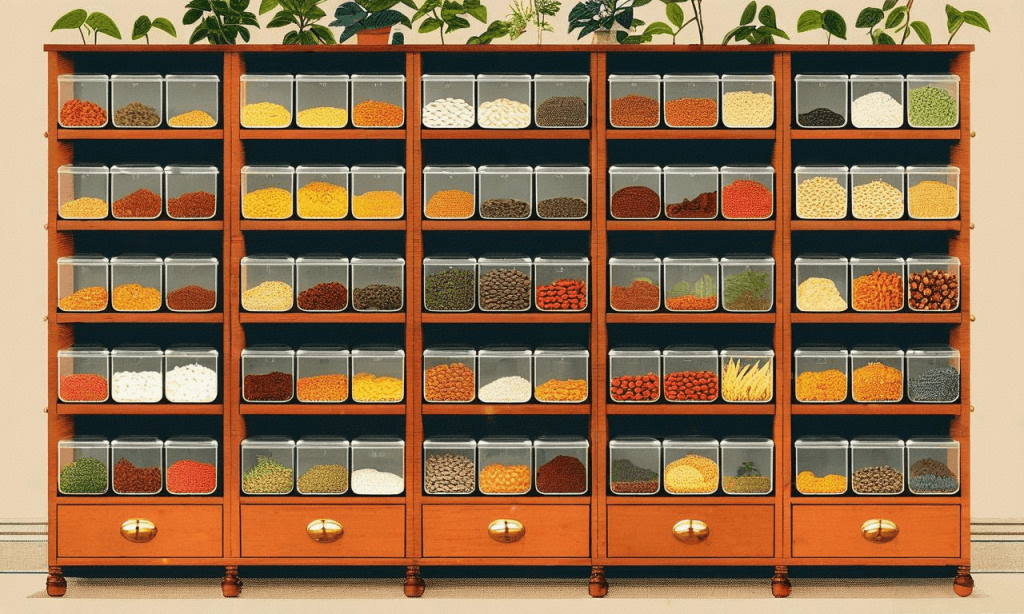Rare Heirloom Seeds: Where to Find Them & How to Save for Next Year
🌱 Did you know that 94% of historic fruit and vegetable varieties have vanished in just the last century? Heirloom seeds—passed down through generations—aren’t just nostalgic; they’re genetic treasures offering unique flavors, colors, and resilience lost in modern hybrids. Whether you’re hunting for purple Cherokee tomatoes or dragon tongue beans, this guide reveals where to find rare non-GMO seeds and how to save them like a pro.
According to a 2023 Journal of Agricultural Science study, heirloom plants contain 28% more antioxidants on average than commercial varieties. Meanwhile, the USDA Seed Bank reports that home seed savers now preserve 40% of remaining rare cultivars—making backyard gardeners crucial conservationists.
Ready to grow (and save) a piece of history? Let’s dig in!
Why Grow Heirlooms? 3 Unbeatable Benefits
1. Unmatched Flavor & Nutrition
🍅 Example: The Brandywine tomato packs 3x the lycopene of grocery-store hybrids (RHS Trials).
2. Genetic Diversity
🌍 Fact: Heirlooms offer natural disease resistance lost in monoculture crops (Seed Savers Exchange).
3. Seed Sovereignty
🛡️ Impact: Saving your own seeds breaks reliance on big agribusiness.
Case Study: A Vermont family revived their great-grandfather’s 1890s scarlet runner beans from just 12 surviving seeds!
Where to Find Rare Heirloom Seeds
Top 5 Trusted Sources
- Seed Savers Exchange (Iowa, USA) – 20,000+ varieties, global shipping
- Baker Creek Heirloom Seeds (Missouri, USA) – Specializes in Asian and European antiques
- Thomas Jefferson’s Monticello (Virginia, USA) – 18th-century varieties
- ProSpecieRara (Switzerland) – Rare European seeds
- Local Seed Libraries – Check public libraries for free swaps
Pro Tip: Join Facebook heirloom trading groups for hyper-local varieties like New Mexico Chimayo peppers.
How to Save Seeds Like a Master
Easy-Start Crops for Beginners
🌿 Tomatoes (fermentation method)
🌿 Lettuce (simply dry flower heads)
🌿 Peas (air-dry in pods)
Step-by-Step Seed Saving
1. Select the Best Plants
✔ Choose disease-free specimens with ideal traits (size, flavor, vigor).
✔ Save from at least 6 plants to maintain genetic diversity.
2. Harvest at the Right Time
⏰ Wet Seeds (tomatoes, cucumbers): Wait until overripe.
⏰ Dry Seeds (beans, lettuce): Collect when pods rattle.
3. Clean & Dry Properly
🧼 Wet Seeds: Ferment 3 days to remove gelatinous coats (prevents mold).
☀️ Dry Seeds: Spread on screens for 2 weeks (humidity <30%).
Science Note: A Horticulture Research study found fermenting tomato seeds boosts germination by 40%.
4. Store for Longevity
🌡️ Ideal Conditions:
- Temperature: 32–41°F (fridge/freezer)
- Humidity: <20% (add silica gel packets)
- Container: Airtight glass jars or mylar bags
Pro Hack: Store seeds in vacuum-sealed bags with oxygen absorbers for 10+ year viability.
Seed Saving Challenges & Solutions
1. Cross-Pollination Risks
⚠️ Problem: Squash varieties easily cross, creating odd hybrids.
✅ Fix: Isolate by 1/2 mile or hand-pollinate with bags.
2. Short Seed Lifespans
⚠️ Problem: Onion seeds last just 1 year.
✅ Fix: Store with diatomaceous earth to extend to 3 years.
3. Low Germination Rates
⚠️ Problem: Old parsley seeds sprout poorly.
✅ Fix: Pre-soak in compost tea for 24 hours.
Case Study: An Oregon gardener boosted carrot seed germination from 20% to 80% using **a heated seedling mat*.
Regional Adaptations
Hot Climates (Zones 8-11)
🔥 Focus on drought-tolerant heirlooms like black-eyed peas or okra.
🔥 Store seeds with cedar chips to deter weevils.
Cold Climates (Zones 3-5)
❄️ Prioritize quick-maturing varieties (Early Girl tomatoes).
❄️ Use dessicant packs to combat humidity in storage.
Personal Favorite: I swear by ‘Mortgage Lifter’ tomatoes—they thrive everywhere and yield 2 lbs/fruit!
Join the Seed Saving Movement
🌍 Why It Matters:
- The USDA estimates 75% of crop diversity was lost between 1900-2000.
- Home gardeners can rescue 1-2 varieties annually from extinction.
📅 Annual Events:
- Seed Swap Day (January)
- Great Tomato Trade (July)
Pro Tip: Donate extras to local seed libraries or the Global Seed Vault in Norway.
Final Tips & Disclaimer
Start small—try saving just one heirloom variety this year. Label meticulously, and soon you’ll be a seed steward for future generations!
Disclaimer: Some countries restrict seed imports. We earn affiliate commissions on qualifying purchases. Always check germination rates before large plantings.
What rare heirloom will you save this year? Share your seed stories below! 🌱 Let’s grow history together!
haley
|
2025.04.23






